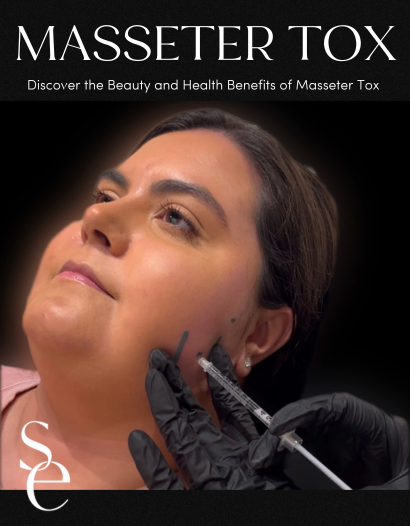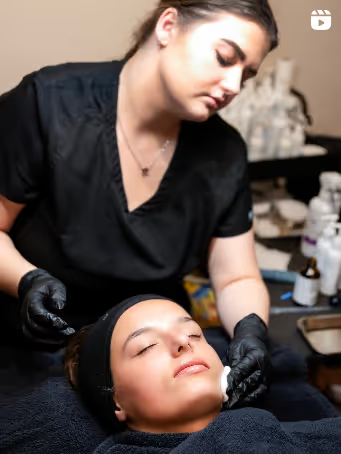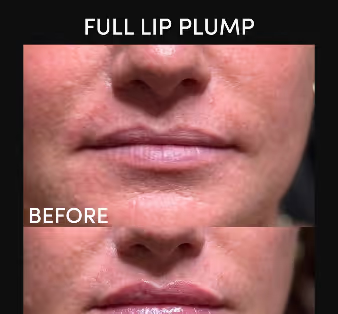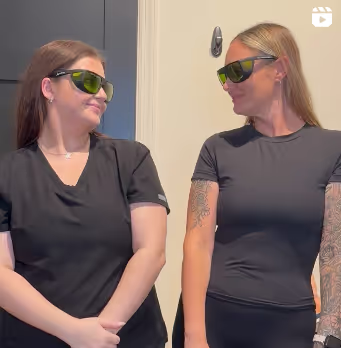Botox Vs. Dysport: What’s the Difference?

In the ever-evolving world of cosmetic enhancements, the quest for smoother, younger-looking skin has led to the rise of various injectables. Botox and Dysport are two heavyweights in this arena, both aiming to combat wrinkles and fine lines. In this blog post, we’ll delve into the nuances of these popular treatments to help you make an informed decision on your journey to a more youthful appearance.
The Basics: What Are Botox and Dysport?
Botox and Dysport are both neurotoxins derived from the bacterium Clostridium botulinum. They work by temporarily paralyzing or relaxing specific muscles, preventing them from contracting and causing wrinkles. While their core mechanism is similar, there are key differences in their formulations.
Onset and Duration: Speed vs. Longevity
One notable difference lies in the onset of action.
Dysport is known for its quicker results, with some patients reporting seeing the effects within a day or two, compared to Botox, which may take a few days longer.
Either neurotoxin can take up to 2 weeks for it to fully set in. Any touch ups needed should still be done in between the 2-3 week mark.
Additionally, Dysport tends to have a longer duration of action, with results lasting up to 4-5 months, while Botox may require more frequent treatments for sustained effects. The duration of your injectable is also very individualized based on your biology. We still recommend that you come in every 3-4 months to maintain the best results
Diffusion and Spread: Precision Matters
The diffusion and spread of these neurotoxins can influence the outcome of the treatment. Dysport has smaller molecules and may spread more easily than Botox. While this can be an advantage in treating larger areas, such as the forehead, it requires skill and precision to avoid unintended effects. Botox, with larger molecules, tends to stay in a more localized area, making it ideal for precision treatments.
Dosage Differences: Units and Equivalencies
The units used to measure Botox and Dysport differ, making direct comparisons challenging. Clinicians often need to adjust the dosage to achieve similar results. Understanding these nuances is crucial to ensuring that you receive the appropriate amount for your desired outcome.
Patient Experience: Pain and Pleasure
The injection experience varies from person to person, but some patients report that Dysport injections are less painful than Botox injections. The smaller molecules of Dysport may contribute to a smoother and potentially less uncomfortable process.
Cost Considerations: Dollars and Sense
Pricing can be a factor when choosing between Botox and Dysport. While the cost per unit may differ, they are generally priced similarly in most practices. It’s essential to discuss pricing and dosage with us to make an informed decision based on your budget and aesthetic goals.
Choosing between Botox and Dysport ultimately comes down to personal preferences, goals, and the expertise of your healthcare provider.
Both treatments have proven efficacy in reducing wrinkles and fine lines, and the decision should be made after careful consideration of the factors mentioned above.
Consulting with our master injector and nurse practitioner, Lindsay, will help you navigate the nuances of these treatments and help you achieve the results you are looking for.
You May Also Like...
Preventative Botox at Scrubd softens early lines, preserves natural expression & slows aging—subtle results today, lasting confidence tomorrow.
In the world of cosmetic enhancements, facial fillers have become quite the buzz, offering a fantastic way to look younger without going under the knife. They’re also known
In this blog, we uncover the incredible beauty and health benefits of Masseter tox in Pittsburgh. If you’re searching for reasons to consider this transformative treatment,


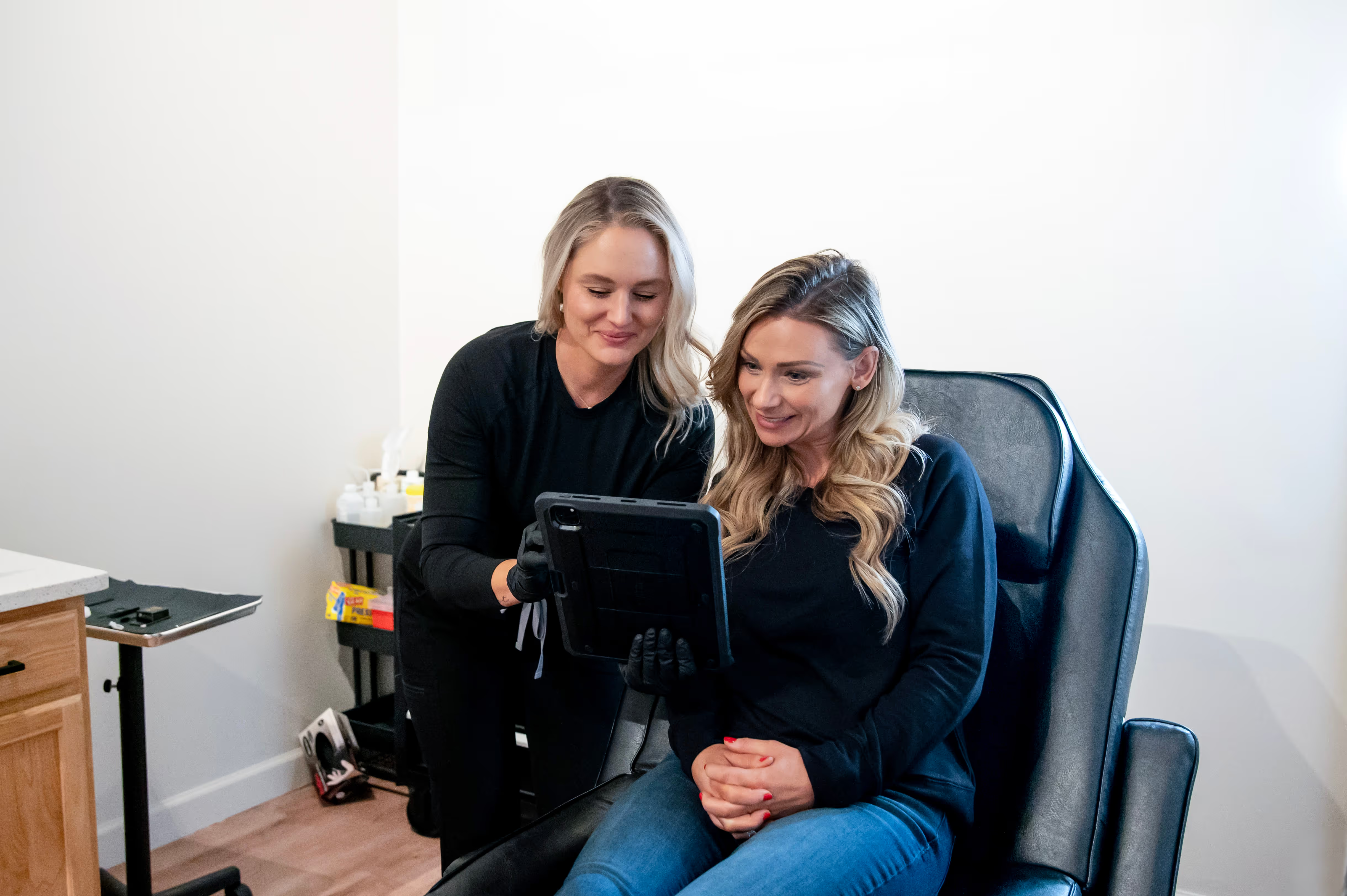
.png)

